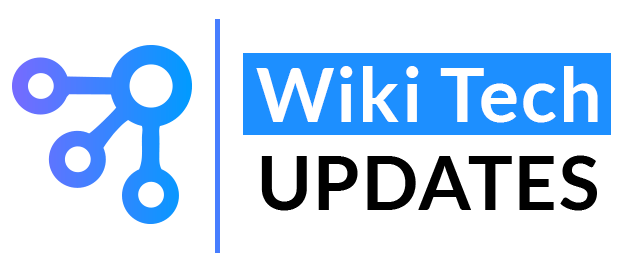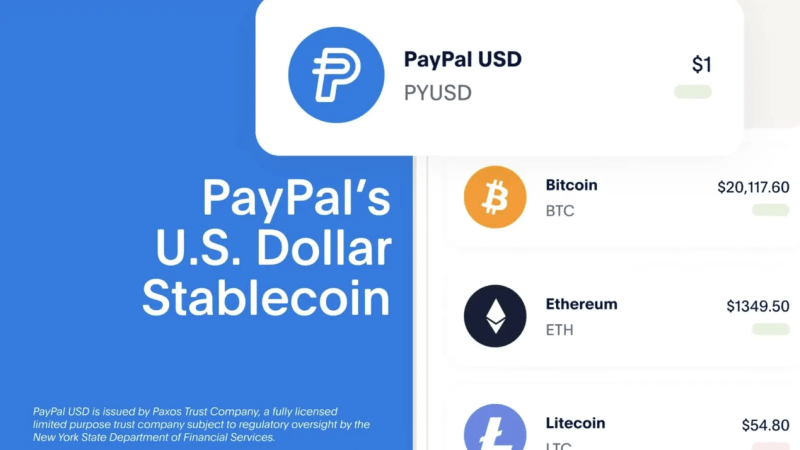Zoom Introduces Security Updates After Vulnerability Allegations

The Zoom company admits it took action after the allegations. Two weeks ago, numerous accusations pointed to the video call app Zoom for allegedly sharing data with Facebook, recording users’ screens, and other security breaches. To the accusations, the company replied that the application was completely secure. However, now, in a statement, they announce the release of the Zoom 5.0 update, alongside which security improvements are announced and note that they “rushed to take action” after messages discrediting the video calling application.
The update will roll out next week, and major changes include support for more secure encryption, which enables passwords by default, and a new hub for easy access to important security settings. Eric Yuan, CEO of Zoom, has noted on the company’s blog that his goal is to win the trust of customers “with an unwavering approach to proportionally the most secure platform,” a timely message after the alleged security breach.
“When faced with questions about security and privacy, Zoom reacted quickly and publicly to the challenges, including its CEO who held weekly public safety briefings,” the company notes, “Zoom was also quick to take steps to change the defaults. that helped resolve privacy issues as well as establish a 90-day plan (1) for further action and communicate it publicly. ”
Security enhancements
Zoom will introduce 265-bit encryption, which translates to “greater protection of meeting data while it is taking place and a guarantee of confidentiality and integrity” that will help make data more difficult to access, although it is not yet processed. End-to-end encryption originally claimed by users. Still, users can now control which regions of the data center their video calls are routed to after some experts raised concerns about routing through China.
To avoid so-called “zoombombing” (when uninvited people sneak into a video call), meetings will now include default passwords for most clients. Cloud recordings will also require default passwords, and managed accounts can also manually define password complexity for their organization. Zoom also activates waiting rooms by default for these clients, adding an additional verification step before someone can join a meeting.
The update adds a security icon in the menu bar, in which, when you click, you can access all of Zoom’s security functions in one place, grouped instead of being scattered throughout the meeting menus. Finally, the ‘hosts’ or people who start a meeting, can invite a user to zoom through the security icon and can disable the ability of participants to change their name, among other functions that will help control more the meeting.






